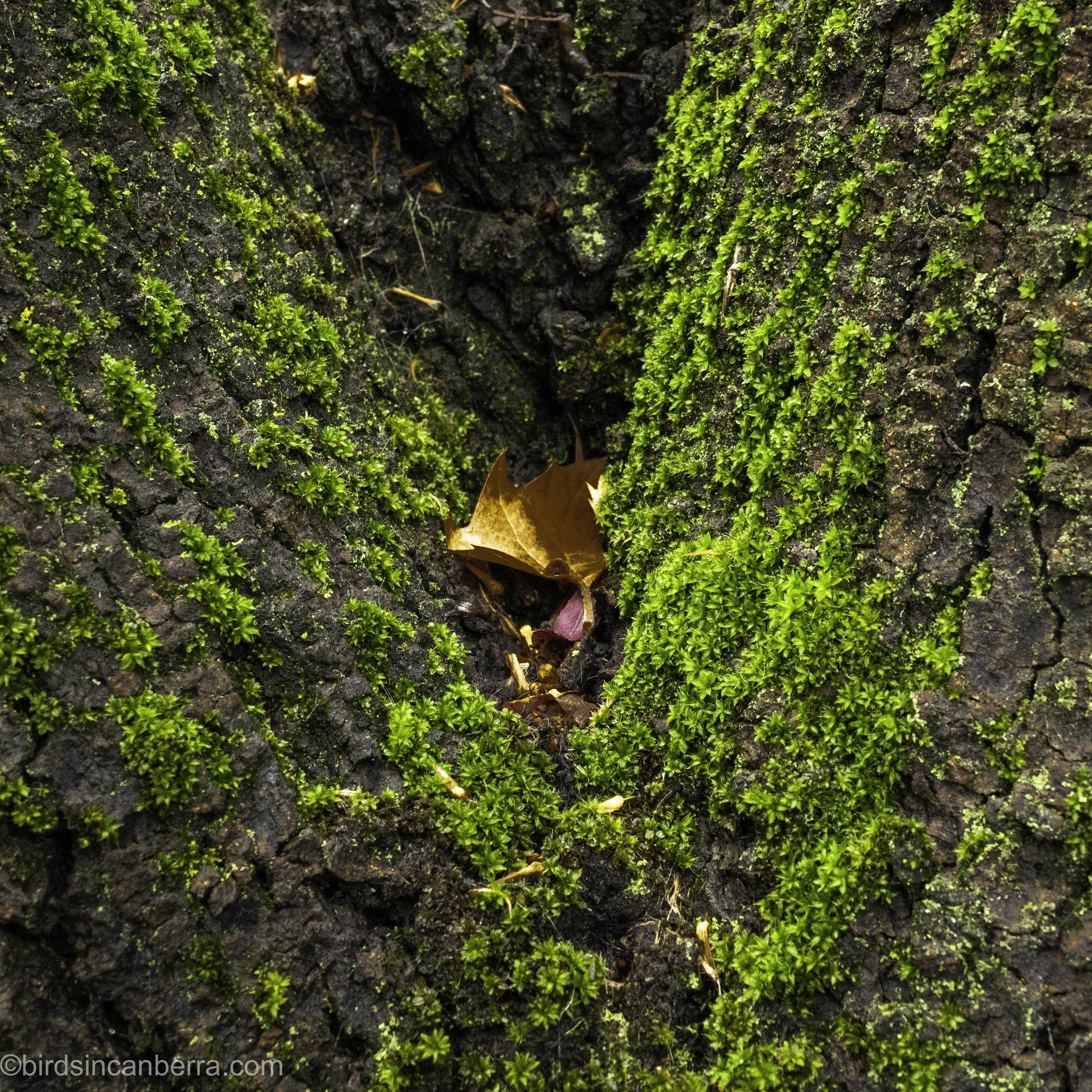One morning, almost two hours after sunrise, the native birds visiting our garden were making a massive din; squawking and calling. There were Sulphur-crested Cockatoos, Noisy Miners and probably some others as well. The noise drew my attention because it sounded alarmed, something was worrying all these birds. I assumed the it was someone’s cat, or, more exotically, a feral fox that had come into the yard. Cautiously, I went outside where I was surprised, and very much delighted, to see a Common Brushtail Possum (Trichosurus vulpecula) standing up in our back garden. These are nocturnal animals so not what I was expecting during the day. It stayed standing on its haunches for a while, meaning that I had enough time to grab my camera from inside the house. The possum remained upright for a little while when I returned. Its focus was fixed across the garden in the direction of a large iron bark, like it was not interested in me. I was captivated by the possum so I never examined what it was looking at. Then, it suddenly darted across, to where it was looking, causing the birds to make even more noise. The possum ran about two meters up the iron bark before effortlessly jumping onto the top of the wooden slat fence between us and our neighbour. The possum ran along the top of that narrow fence towards the rear of the garden, where I lost sight of it behind the garden shed. The cockatoos perched on the power line continued to observe it for a few seconds more, calling loudly among themselves while looking downwards to where the possum must have been dashing. Possums and cockatoos compete for tree hollows so I could understand why those two species did not get on.
Read More








